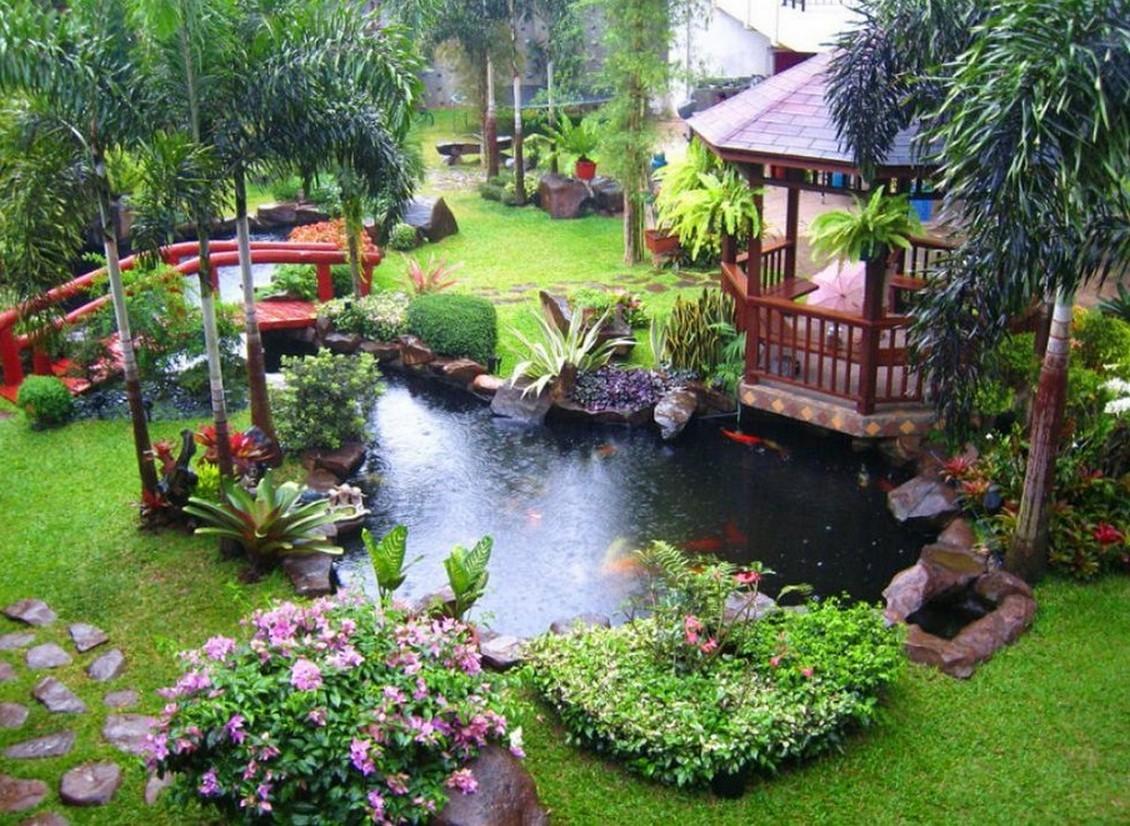A few simple steps for a beautiful and relaxing garden pond. How to create an oasis in the backyard.
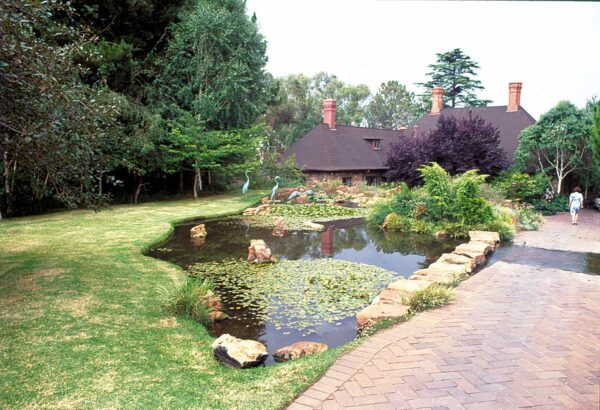
The element ofwater it often recurs in the cultures of the world as a symbol of purity and the passage of time but, regardless of the symbolism attributed to it, water infuses tranquility and calm to those who look at it or hear it roar. This is why building a small pond in your garden might be a good idea. Below, a few simple steps that will help build the pond in your garden.
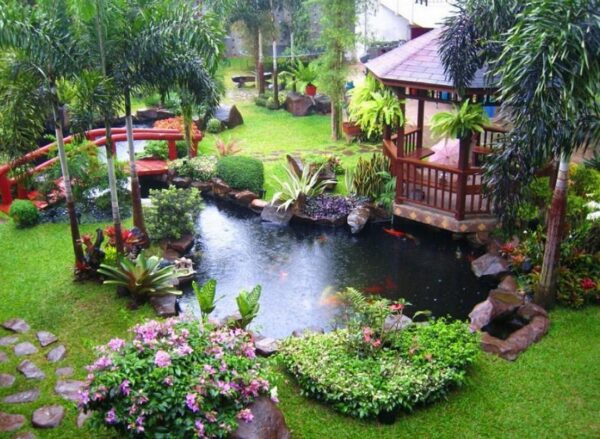
Preliminary choices
Before you start designing your garden pond, you should decide on some important things that will affect your pond construction.
First, think about how the le are arranged pipes below the garden, in such a way as to be able to exploit them without completely upsetting the ground.
Read also: Building and living in a wooden house
Once you have identified the pipes and therefore the space, try to understand how much great it will be yours pond, in such a way as to maintain a certain harmony in your garden in any case, without creating a lake that is neither too small nor too large but perfectly integrated into your environment.
Closely connected, then, to the problem of pipes, is the choice of depth of the pond. To ensure proper visibility but at the same time a suitable depth, you may decide to divide the areas of the pond, in such a way as to have a deeper area and a less.
Furthermore, the deeper areas are essential in case you decide to introduce fish into the pond that will exploit this depth to survive and adapt to changing temperatures.
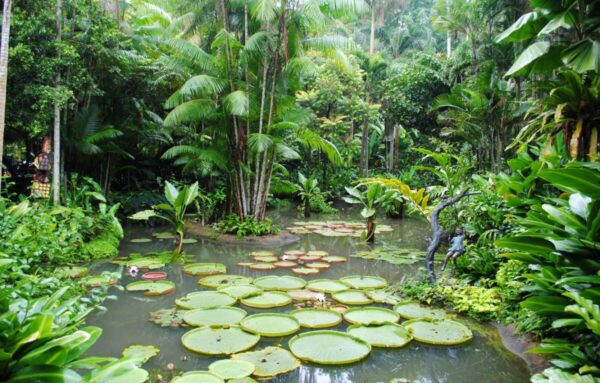
Excavations and tools to use
Once you have decided on the location of the pond and its depth, it is important to focus on excavating the area, unless specialists are called in. You will have to carefully choose the tools to use for your pond: the shovel and the rake.
The first is for digging deep enough, so it will need to be the right size to allow you to shovel enough dirt without straining.
The second, on the other hand, will be used to purify the ground from any natural presences, such as stones, twigs, dry leaves and everything that can affect the earth that you are going to move.
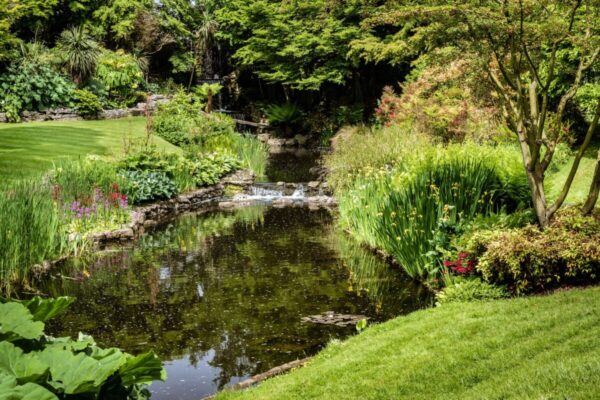
It may interest you: How to build a wooden gazebo for the garden
Coating
Once the hole has been dug, as mentioned, it is deep enough, it is time to cover the spaces of your pond.
You may choose to use a cloth waterproof or, despite the higher price, to build a real one tub in plastic.
An alternative is to use prefabricated ponds which, even if less characterized by personal choices, still fulfill their purpose and make a good impression.
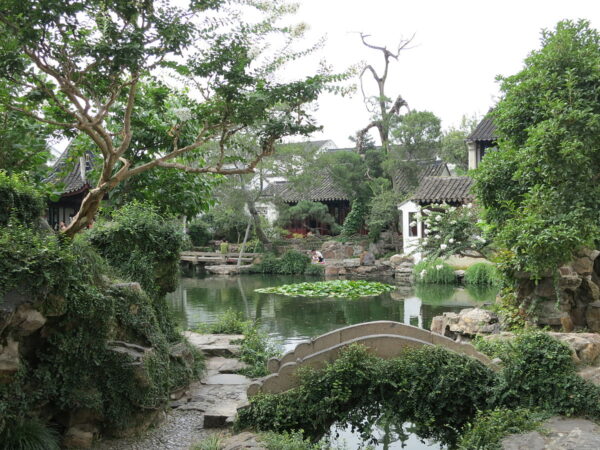
Define the edges
An important thing, once the natural tank is filled with water, will be to define its edges. Of great impact and always trendy, are the edges with the stones. Otherwise, you can opt for tiles coordinated with the color of your home.
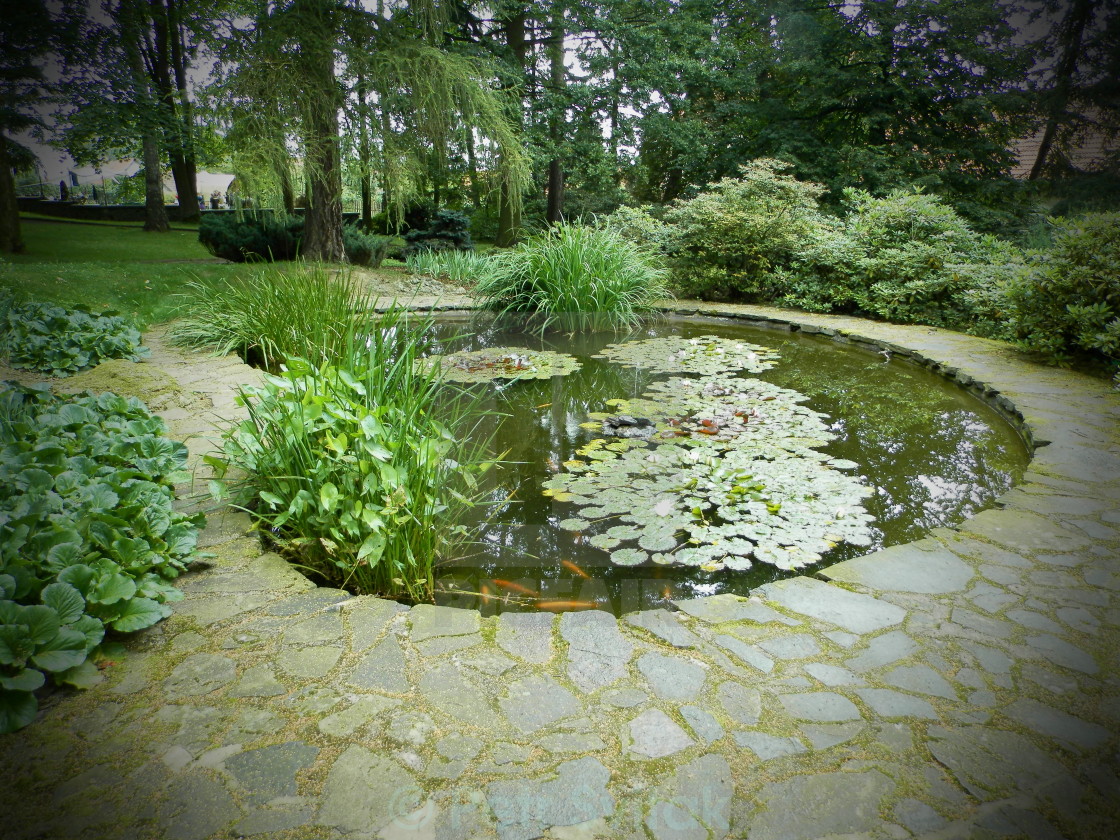
Do you want design advice on how to furnish? Join the group
With which plants to embellish the pond
Once you’ve finished your pond with water, the hardest part is over. In fact, it is time to choose which plants to use.
Floating plants
They are the most classic and cannot be missing in your garden pond. The most common are the water lilies with their wide and charming leaves. Alternatively, if you prefer smaller leaves, you may decide to use the duckweed minor or theazolla carolinana.
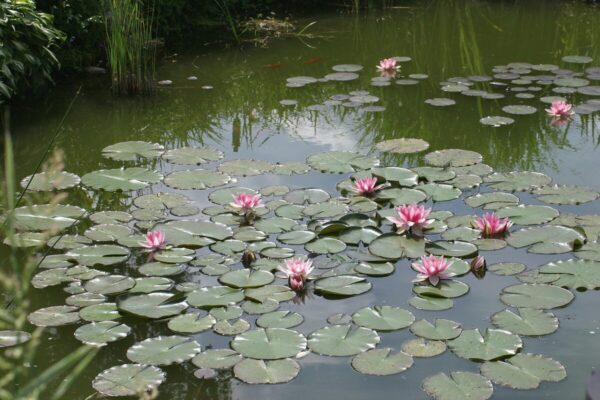
Marsh plants
These plants are characteristic of ponds for their ability to purify and filter pond water. Fragrant and brightly colored is thehibiscus, as well as theiris. Otherwise, more sober and less spacious are the pontederie, with their vertical flowers. In any case, there are several types, so it will be up to you to decide which one to use.
Oxygenating plants
Oxygenating plants are of fundamental importance to prevent your pond from taking on that greenish color due to algae. For example, you could use ceratophyllum demersus or dense egeria for your pond.
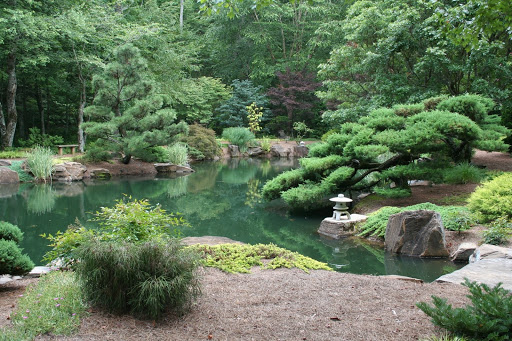
Pisces: which ones to choose
Another important element for your pond will be the choice of fish that will inhabit it. It will be important and fundamental call on only to authorized dealers, in such a way as to avoid both legal problems and any parasites or problems of a natural order.
As mentioned, it will be very important to create a difference in height in the pond to allow the fish to live in health.
A further attention will go to features specific to individual species.
Finally, it is important that the pond is large enough, in order to avoid overcrowding that would hinder the peaceful life of the creatures.

The most common fish to be included in the pond are the fishes reds. Do not be fooled by the fact that they often live in aquariums: the large spaces of the pond will facilitate their life.
The fish comet, very similar to goldfish, it prefers a tropical climate or a cold climate. These fish, however, do not like the company of fish of a different species, which is why you will have to choose to use only these for your garden pond.
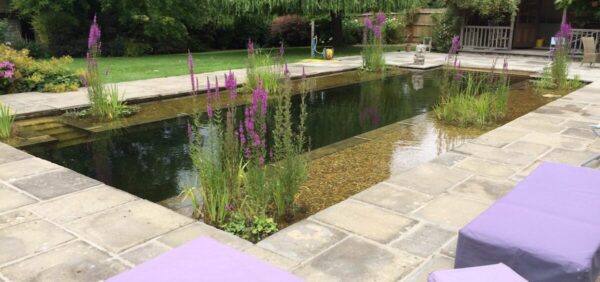
How to build a garden pond: image gallery
Here is a selection of some photos of ponds for your garden.
A few simple steps for a beautiful and relaxing garden pond. How to create an oasis in the backyard.

The element ofwater it often recurs in the cultures of the world as a symbol of purity and the passage of time but, regardless of the symbolism attributed to it, water infuses tranquility and calm to those who look at it or hear it roar. This is why building a small pond in your garden might be a good idea. Below, a few simple steps that will help build the pond in your garden.

Preliminary choices
Before you start designing your garden pond, you should decide on some important things that will affect your pond construction.
First, think about how the le are arranged pipes below the garden, in such a way as to be able to exploit them without completely upsetting the ground.
Read also: Building and living in a wooden house
Once you have identified the pipes and therefore the space, try to understand how much great it will be yours pond, in such a way as to maintain a certain harmony in your garden in any case, without creating a lake that is neither too small nor too large but perfectly integrated into your environment.
Closely connected, then, to the problem of pipes, is the choice of depth of the pond. To ensure proper visibility but at the same time a suitable depth, you may decide to divide the areas of the pond, in such a way as to have a deeper area and a less.
Furthermore, the deeper areas are essential in case you decide to introduce fish into the pond that will exploit this depth to survive and adapt to changing temperatures.

Excavations and tools to use
Once you have decided on the location of the pond and its depth, it is important to focus on excavating the area, unless specialists are called in. You will have to carefully choose the tools to use for your pond: the shovel and the rake.
The first is for digging deep enough, so it will need to be the right size to allow you to shovel enough dirt without straining.
The second, on the other hand, will be used to purify the ground from any natural presences, such as stones, twigs, dry leaves and everything that can affect the earth that you are going to move.

It may interest you: How to build a wooden gazebo for the garden
Coating
Once the hole has been dug, as mentioned, it is deep enough, it is time to cover the spaces of your pond.
You may choose to use a cloth waterproof or, despite the higher price, to build a real one tub in plastic.
An alternative is to use prefabricated ponds which, even if less characterized by personal choices, still fulfill their purpose and make a good impression.

Define the edges
An important thing, once the natural tank is filled with water, will be to define its edges. Of great impact and always trendy, are the edges with the stones. Otherwise, you can opt for tiles coordinated with the color of your home.

Do you want design advice on how to furnish? Join the group
With which plants to embellish the pond
Once you’ve finished your pond with water, the hardest part is over. In fact, it is time to choose which plants to use.
Floating plants
They are the most classic and cannot be missing in your garden pond. The most common are the water lilies with their wide and charming leaves. Alternatively, if you prefer smaller leaves, you may decide to use the duckweed minor or theazolla carolinana.

Marsh plants
These plants are characteristic of ponds for their ability to purify and filter pond water. Fragrant and brightly colored is thehibiscus, as well as theiris. Otherwise, more sober and less spacious are the pontederie, with their vertical flowers. In any case, there are several types, so it will be up to you to decide which one to use.
Oxygenating plants
Oxygenating plants are of fundamental importance to prevent your pond from taking on that greenish color due to algae. For example, you could use ceratophyllum demersus or dense egeria for your pond.

Pisces: which ones to choose
Another important element for your pond will be the choice of fish that will inhabit it. It will be important and fundamental call on only to authorized dealers, in such a way as to avoid both legal problems and any parasites or problems of a natural order.
As mentioned, it will be very important to create a difference in height in the pond to allow the fish to live in health.
A further attention will go to features specific to individual species.
Finally, it is important that the pond is large enough, in order to avoid overcrowding that would hinder the peaceful life of the creatures.

The most common fish to be included in the pond are the fishes reds. Do not be fooled by the fact that they often live in aquariums: the large spaces of the pond will facilitate their life.
The fish comet, very similar to goldfish, it prefers a tropical climate or a cold climate. These fish, however, do not like the company of fish of a different species, which is why you will have to choose to use only these for your garden pond.

How to build a garden pond: image gallery
Here is a selection of some photos of ponds for your garden.

